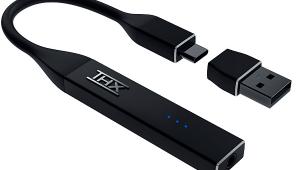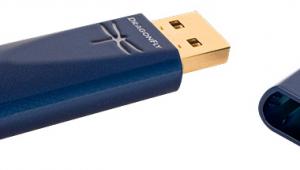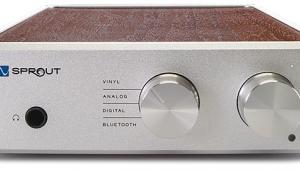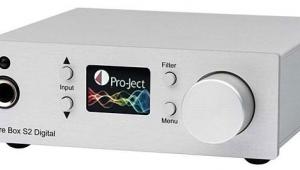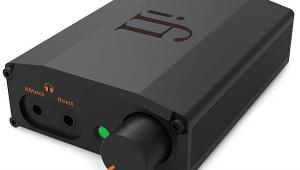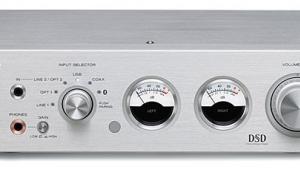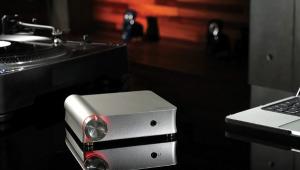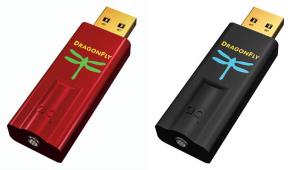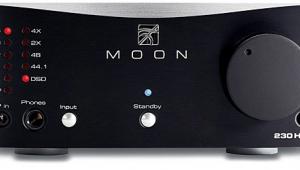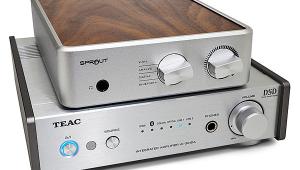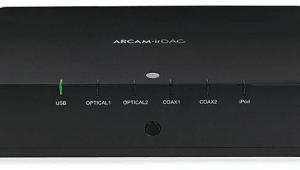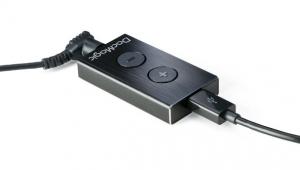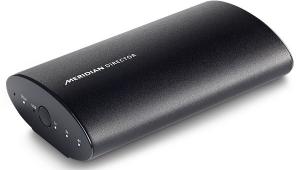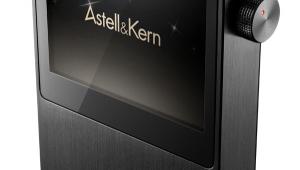Locksmith Blackpool offers expert locksmith services, from emergency lockouts to key cutting and security upgrades. Whether you need residential, commercial, or automotive assistance, our skilled team provides fast and reliable solutions. We prioritize your safety with high-quality locks and advanced security systems. **Trust Locksmith Blackpool for professional, 24/7 service—because your security is our commitment!**
Traveling Companions: Headphone Amps from FiiO, iFi, and Miniwatt Page 3
AMR/iFi iDAC and iCan: High-End Heritage
Abbingdon Musical Research (AMR) is a familiar name in high-end audio; their new iFi line aims to bring some of the company's vaunted expertise to consumers at a significantly lower price point.The company has set up the new division (think about it as sort of an equivalent to Furutech's Alpha Design Labs line) to produce a series of digital-friendly boxes with the ultra-high-end sonics of their historic lineup, but in affordable, bare-bones packaging (and manufactured in China rather than in the UK).
The iDac ($299) USB DAC/headphone amp combo and the iCan headphone amplifier ($249) are the first of the line to hit the market; there's also an interesting dual-channel USB power supply/conditioner, the aptly named iUSBPower ($199); the $399 iPhono phono stage and iLink 24/192 USB-to-S/PDIF converter round out the line. More units (including a tube buffer) are already in the works.
It's an approach we've seen in the past, notably from Musical Fidelity (whose workhorse V-DAC and V-Can units have done long service on the benches of various S+V reviewers) and Pro-Ject, who produce a dizzying range of pocket-sized audio tools. The various iFi tools add up to a cool little mini-component system, letting you pick and choose exactly what you need at a reasonable price, whether you're looking to fill holes in your current system or build up an office rig for personal listening from scratch.
The iDac and iCan are substantial, solidly built little boxes that exude quality - the volume knobs, in particular, are smooth well beyond expectations at these price points, and I didn't; notice any significant channel imbalances at low listening levels (they're nice for IEM use, in short).
For such well-designed units, I didn't absolutely love the form factor, I must admit. The solid aluminum, vaguely barn-shaped cases don't allow for totally secure stacking unless you attach the included stick-on feet; considering that these are likely to get moved around a lot as well as seeing desktop duty I'd think a more traditional housing design might have suited them better. On a similar note; the RCA outputs of the iDAC are located next to the headphone jack and volume pot, rather that on the back next to the USB input; no problem when used on its own, but the iCan's RCA inputs are on the "rear" panel, opposite the headphone jack and controls - thus when used next to one another on a desktop, you end up with a loop of RCA cable running back to front, which takes up more real estate than necessary.Presumably AMR's designers envisioned these things being tucked away within a bigger system, but it's something I'd like to see change in future iterations of these fine-sounding units.
While the iDAC is (obviously) first and foremost intended as a DAC, it has a very capable little headphone amp onboard - it's not going to be your first choice if you've got difficult full-size headphones to drive, but it'll do quite nicely with IEMs and the majority of portable on- and over-ear models. If you don't own any power-hungry headphones and can live without the iCAN's feature set, the iDAC may well be able to take care of all of your desktop digital listening needs.
While manufacturers of affordable audio devices often face difficult choices when it comes to components (it's hard to get to those low price points without taking every opportunity to save a penny), worry not - AMR's engineers have been careful not to skimp where it counts in the iFi line. The iDAC is based on the popular 24/192-capable ESS Sabre chipset; the USB decoder is, according to the company, based on the design used inAMR's $4,999 DP-777 digital processor. If you're curious, and want to get asenseof the thinking and design principles behind the iFi line? Visit the iFi Facebook page for a collection ofinteresting articles.
The iCAN…well, it reallycan. It should be able to drive most anything you have on hand - I got good results from the HiFiMan and Audeze planar magnetic headphones I had on hand (which, while not incredibly difficult to drive, do need more power than many portables can dish out on), and more importantly it's a great sounding device with very usable functionality.
Aside from plenty of juice, you get a simple but very effective bass boost, and stereo expansion and well-implementedcrossfeedsettings that actually enhance the listeningexperience.Next to the substantial, solid-feeling front-panel volume pot you'll find an "XBass" circuit, offering a flat setting and two boost settings; a "3D" switch,with flat, stereo expander, andcrossfeed settings.
Compared to my usual desktop setup (a Musical Fidelity V-DAC II/V-CAN combo), the iFi rig feels like it has more headroom, and the front panel mode switches (which I'd initially figured I'd never touch) proved surprisingly handy. The milder of the two bass-boost settings is actually quite pleasant sounding and goes a long way towards warming up brighter headphones and giving bass-heavy tracks more kick. The more extreme bass boost was a bit much for me in most situations - it just made the overall sonics too cloudy with low-end energy - but it actually does seem focused securely in the bass. It isn't overly honky, a win as these things go, and that's a good thing. If you really want depth-charge bass, it pairs quite well with headphones that can really deliver the lows cleanly, like the Audezes and the HE-500.
While I've generally avoided such things in the past, I ended up using the two "3D" spatialization settings a fair amount. At the narrowest setting (AMR doesn't call it "crossfeed" here, but that's what it sounds like) the soundstage width diminishes, giving you more of a sense that the source is in front of you (or, if you're sensitive to such things, it places the left and right channels directly behind your eyeballs. It sounded better with some headphones than others - I quite liked it with the open-back planar magnetics, but disliked it with IEMs.The converse was true with the expanded setting - closed-back 'phones like the V-Moda M100 and various sets of IEMs made the most of it, while I found the sense of space too exaggerated and synthetic sounding with open-back cans.
- Log in or register to post comments

